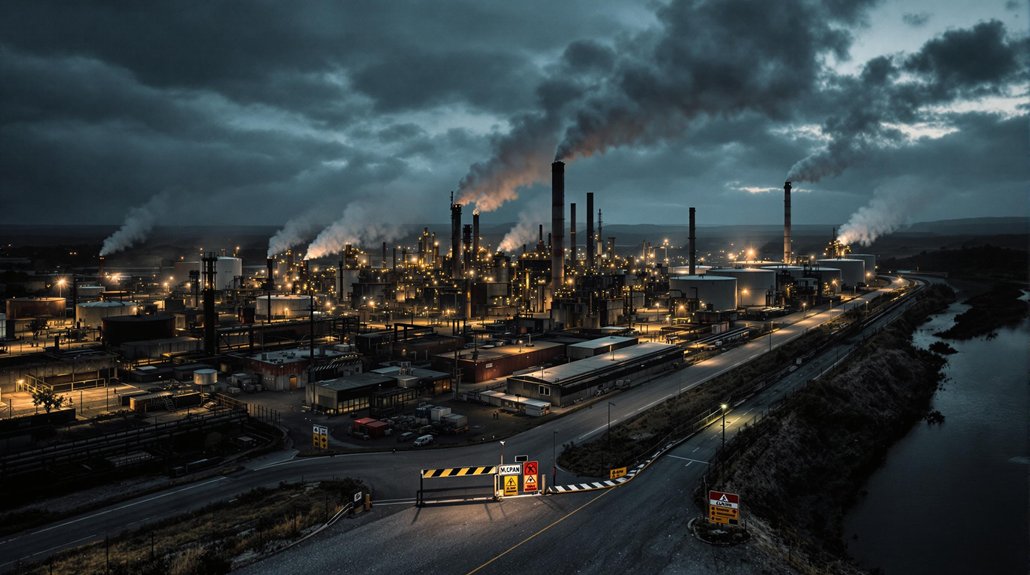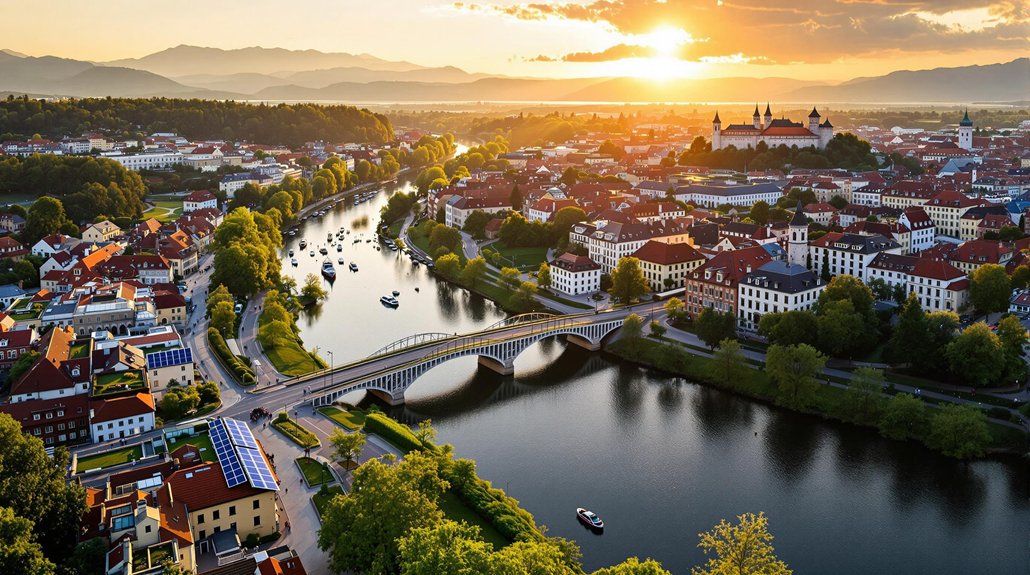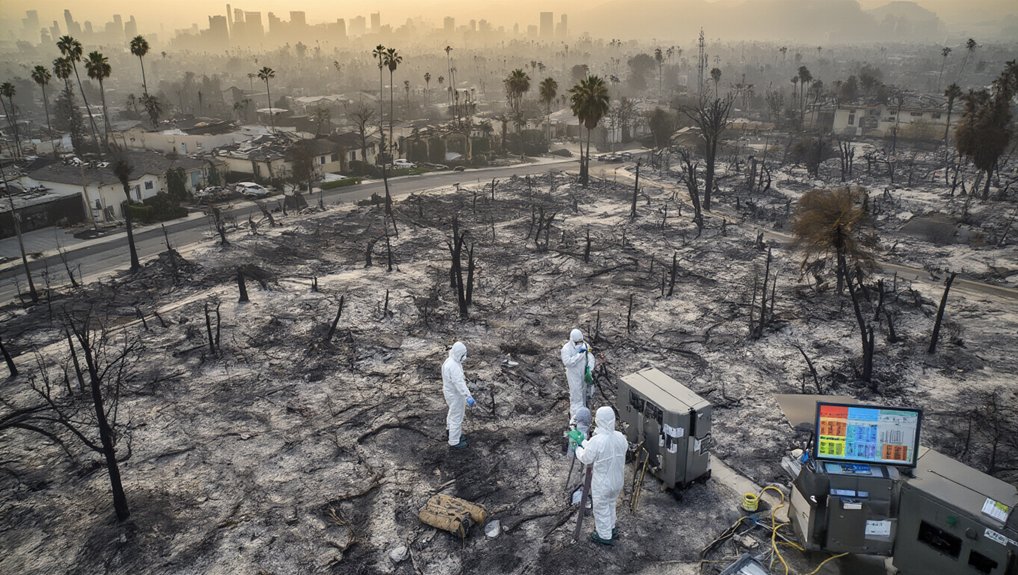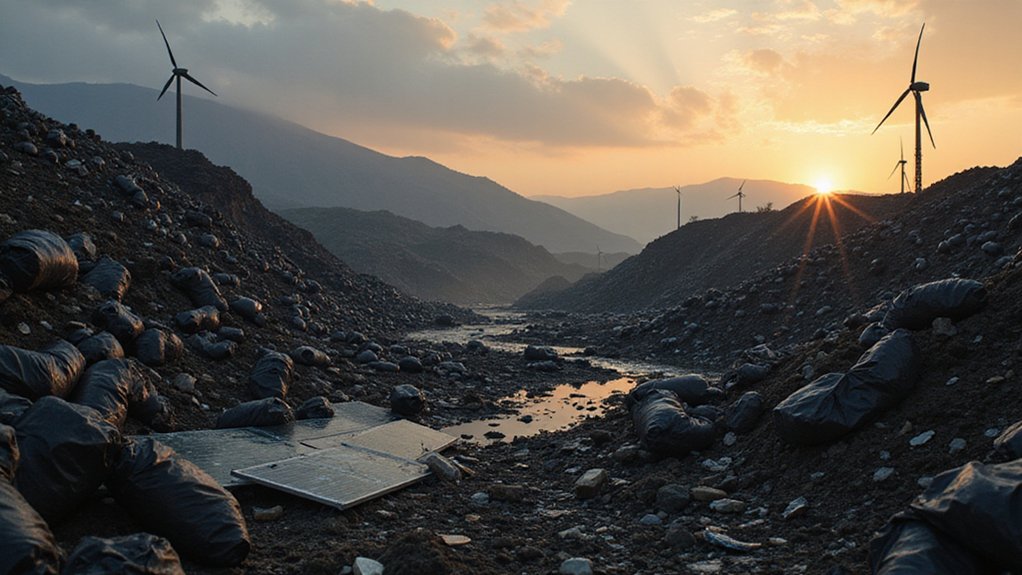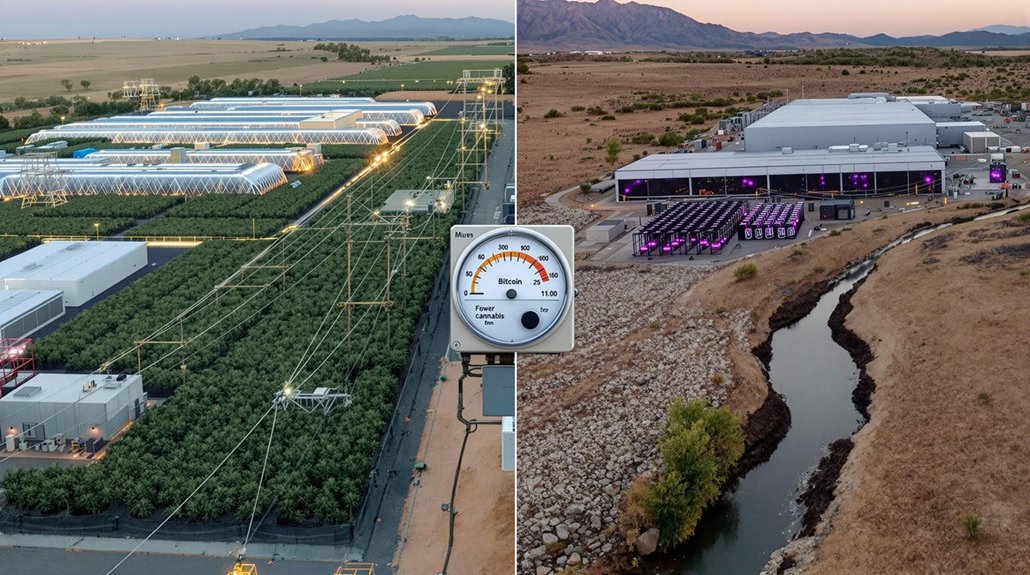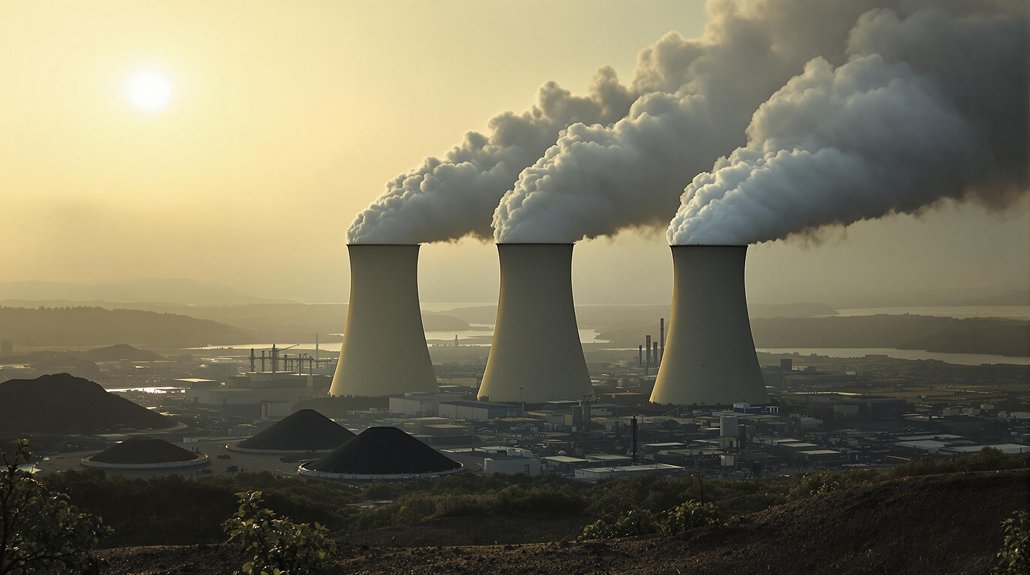Over 900 UK industrial sites pose catastrophic risks, yet regulatory oversight is failing. Budget cuts have slashed inspection frequency, while specialized inspectors are in dangerously short supply. Major incidents like Buncefield and Didcot weren’t flukes. With 5.5 million people living near potential disaster zones, the stakes are high. Hotspots in Teesside and Humber regions are particularly concerning. Regulators talk tough but lack teeth when it matters. The full picture gets even grimmer.
While most Brits go about their daily lives without a second thought, over 900 industrial sites capable of catastrophic destruction dot the UK landscape. Chemical plants, oil refineries, nuclear stations – all ticking away under regulatory frameworks that look impressive on paper. COMAH Regulations, Environmental Permitting, Health and Safety Act – sounds reassuring, doesn’t it? Until you dig deeper.
The evidence tells a different story. Budget cuts have slashed inspection frequency. Specialized inspectors? In short supply. Meanwhile, these industrial monsters keep pumping out 3% of the UK’s greenhouse gases and 16,000 tonnes of hazardous waste annually. Not exactly your friendly neighborhood businesses.
Beyond the regulations lies an uncomfortable truth: fewer inspections, massive pollution, and growing danger.
Remember Buncefield? The oil storage terminal that went boom in 2005, injuring 43 people. Or Didcot Power Station’s collapse in 2016 that killed four workers. These aren’t ancient history – they’re warnings. In 2020, a chemical leak at a Huddersfield plant sent two to hospital. Just another day in industrial Britain.
The geographical spread is alarming. Concentrations in Teesside and Humber create risk hotspots. Nuclear? Fifteen operational reactors across eight sites, plus 23 more in various stages of decommissioning. That’s a lot of potentially glowing real estate.
Brexit hasn’t helped. Harmonization with EU safety standards? Complicated. Aging infrastructure increases accident likelihood daily. Meanwhile, 5.5 million people live near these potential disaster zones. Sleeping well?
The environmental impact is just as troubling. Around 137 serious pollution incidents occurred from regulated sites in 2020 alone. No wonder 40% of river water bodies fail to meet ‘good’ ecological status. Fish don’t vote, though, so who cares?
Regulators face an uphill battle evaluating cumulative risks from multiple sites. It’s complex work requiring expertise and resources. These industrial facilities contribute significantly to climate change, with their emissions leading to more extreme weather events that further strain aging infrastructure. Construction sites, which account for nearly 30 fatal injuries annually in the UK, further strain the already limited regulatory resources. The manufacturing sector alone reported 15 fatal injuries in 2022/23, highlighting the persistent dangers across industrial settings. Sadly, both are in short supply.
As industrial sites continue operating with fewer eyes watching, one question remains: are we waiting for the next Buncefield to care about industrial safety again?
